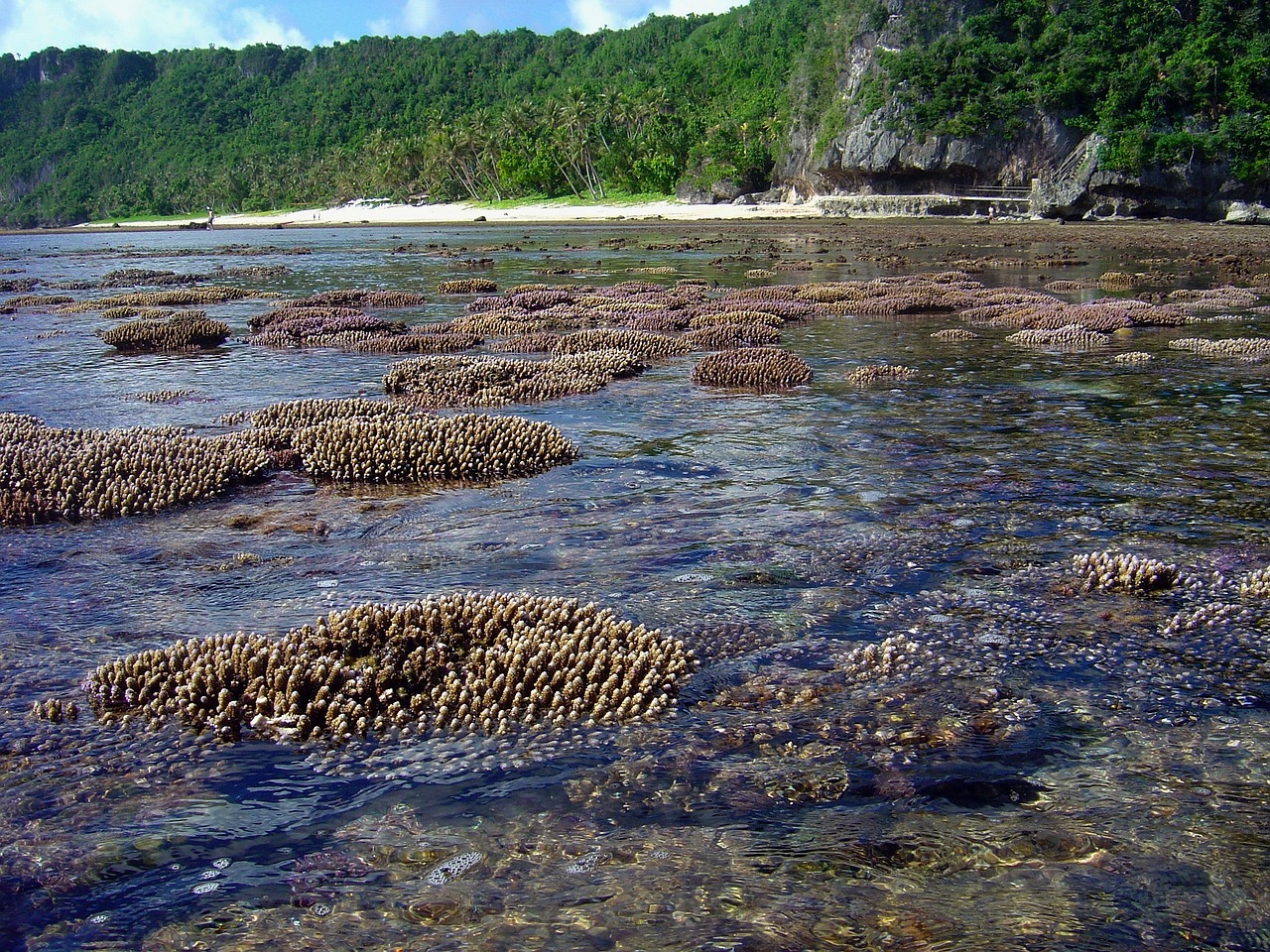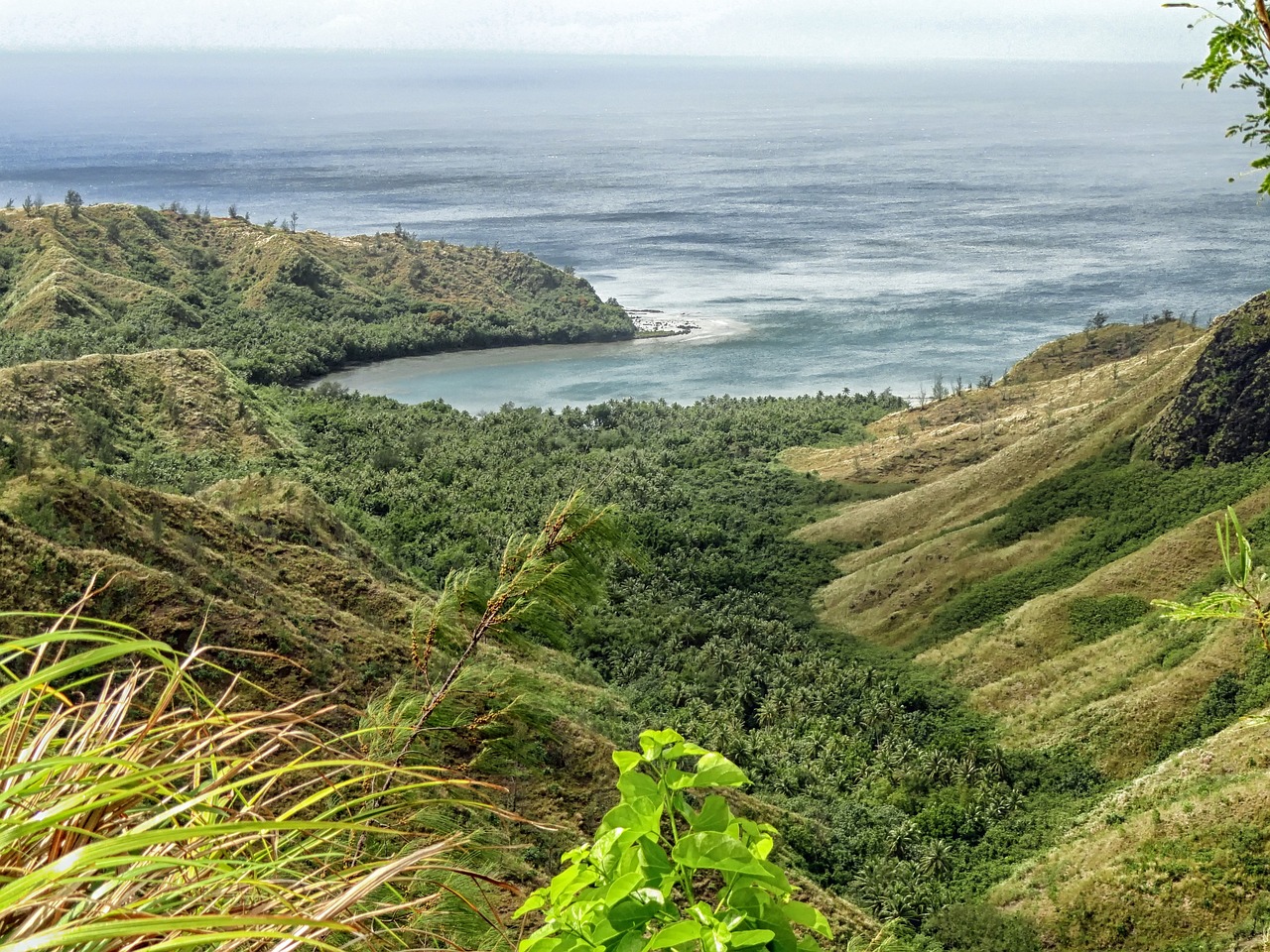Guam Video
Retaining Productivity: Facing Common Challenges in Guam
Introduction
Guam, a beautiful island territory in the Western Pacific Ocean, faces various challenges when it comes to retaining productivity. Despite its stunning beaches, vibrant culture, and strategic location, certain factors pose obstacles to maintaining high levels of productivity on the island. In this article, we will explore some of the common challenges faced by individuals and businesses in Guam and discuss strategies to overcome them.
Infrastructure Limitations
One of the primary challenges in Guam is its infrastructure limitations. Due to its remote location and relatively small size, the island struggles with inadequate transportation systems, outdated utilities, and limited access to essential services. These limitations can hinder productivity by causing delays, disruptions, and inefficiencies.
- Transportation: Guam’s transportation infrastructure, including roads and public transportation, is not as developed as in larger urban areas. This can result in longer commute times and difficulties in accessing different parts of the island.
- Utilities: Outdated utilities, such as unreliable power and internet services, can disrupt business operations and hinder productivity. Power outages and slow internet speeds can lead to delays and frustration.
- Access to Services: Limited access to essential services, such as healthcare facilities and educational institutions, can impact the well-being and development of individuals and businesses. The lack of convenient access to these services can limit productivity.
To address these infrastructure limitations, Guam needs to invest in improving transportation systems, upgrading utilities, and expanding access to essential services. By prioritizing infrastructure development, the island can create a more conducive environment for productivity.
Economic Dependency
Guam’s economy heavily relies on the tourism industry, which can pose challenges to overall productivity. While tourism brings economic benefits, it also leads to seasonal fluctuations and vulnerability to external factors.
- Seasonal Fluctuations: The tourism industry experiences high and low seasons, resulting in fluctuations in demand for goods and services. During the low season, businesses may struggle to maintain productivity due to reduced customer traffic.
- External Factors: Guam’s economy is susceptible to external factors such as global economic downturns, natural disasters, and geopolitical tensions. These factors can disrupt tourism and impact productivity on the island.
To mitigate the challenges of economic dependency, Guam should diversify its economy by promoting other industries such as agriculture, technology, and manufacturing. By reducing reliance on tourism alone, the island can achieve a more stable and sustainable economy, ensuring consistent productivity throughout the year.
Workforce Shortages
Another significant challenge in Guam is the workforce shortages across various industries. The limited population size and competition for talent make it difficult for businesses to find skilled workers, leading to productivity gaps.
- Skilled Labor: Industries such as healthcare, construction, and information technology often face shortages of skilled workers. This can result in delays in projects, reduced efficiency, and increased workloads for existing employees.
- Brain Drain: Many skilled professionals from Guam choose to seek better opportunities abroad, leading to a loss of talent and expertise. This brain drain further exacerbates the workforce shortages on the island.
To address these workforce shortages, Guam should invest in education and training programs that focus on developing local talent. Encouraging young individuals to pursue careers in industries facing shortages can help bridge the productivity gaps and ensure a skilled workforce for the future.
Environmental Vulnerability
Guam’s unique location in the Western Pacific Ocean exposes it to various environmental vulnerabilities, which can impact productivity and economic stability.
- Natural Disasters: Guam is prone to typhoons, earthquakes, and other natural disasters. These events can cause significant damage to infrastructure, disrupt business operations, and lead to productivity losses.
- Climate Change: Rising sea levels and changing weather patterns due to climate change pose long-term risks to Guam’s environment and economy. These changes can affect industries such as agriculture, tourism, and fisheries, impacting productivity.
To address environmental vulnerabilities, Guam should prioritize disaster preparedness and invest in sustainable practices. Implementing resilient infrastructure, promoting renewable energy sources, and adopting climate change adaptation strategies can help minimize the impact of environmental challenges on productivity.
Educational Disparities
Ensuring equal access to quality education is essential for maintaining productivity and fostering economic growth. However, Guam faces educational disparities that can hinder individual development and limit overall productivity.
- Education Funding: Limited funding for education can result in inadequate resources, outdated facilities, and a lack of educational opportunities. This can impede the development of a skilled workforce and limit productivity.
- Remote Learning Challenges: The COVID-19 pandemic has highlighted the challenges of remote learning, especially in areas with limited internet access and technology infrastructure. These challenges can hinder students’ ability to learn effectively and impact their future productivity.
To address educational disparities, Guam should prioritize education funding and invest in modernizing educational infrastructure. Additionally, providing equal access to technology and internet connectivity can help bridge the digital divide and ensure all students have the tools they need to succeed.
Tourism Infrastructure Development
Recognizing the importance of the tourism industry to Guam’s economy, it is crucial to invest in tourism infrastructure development to enhance productivity and attract more visitors.
- Airport Expansion: Guam’s airport infrastructure should be expanded to accommodate larger aircraft and increased passenger capacity. This will improve connectivity and facilitate the arrival of more tourists, boosting productivity in the tourism sector.
- Hotel and Accommodation Upgrades: Upgrading existing hotels and developing new accommodation options can help meet the growing demand from tourists. Improved facilities and services can enhance visitor experiences and contribute to increased productivity in the hospitality industry.
- Tourist Attractions: Investing in the development and maintenance of tourist attractions, such as historical sites, natural landmarks, and cultural experiences, can enhance Guam’s appeal as a destination. This will attract more tourists, generate economic activity, and boost productivity in related sectors.
By prioritizing tourism infrastructure development, Guam can create a more competitive and attractive destination, leading to increased productivity and economic growth in the long run.
Investment in Technology
Embracing technology is crucial for improving productivity in Guam. Investment in technological advancements can streamline processes, enhance connectivity, and create new opportunities for businesses and individuals.
- Digital Infrastructure: Guam should invest in robust digital infrastructure, including high-speed internet connectivity and reliable telecommunications networks. This will enable businesses to operate efficiently and access global markets, increasing productivity.
- Automation and Innovation: Adopting automation and innovative technologies can optimize workflows, reduce manual labor, and improve overall productivity. Businesses should explore opportunities to incorporate technology into their operations.
- E-commerce: Developing and promoting e-commerce platforms can expand market reach for local businesses, allowing them to tap into a global customer base. This can lead to increased productivity and economic growth.
By embracing technology and investing in digital infrastructure, Guam can position itself as a technologically advanced and competitive destination, driving productivity across various industries.
Healthcare Accessibility
Accessible healthcare services are essential for maintaining a healthy workforce and ensuring productivity. However, Guam faces challenges in providing adequate healthcare access to its residents.
- Healthcare Facilities: Expanding and upgrading healthcare facilities, including hospitals, clinics, and specialized centers, is crucial for meeting the healthcare needs of the population. Improved access to healthcare services can promote overall well-being and productivity.
- Medical Professionals: Attracting and retaining medical professionals, including doctors, nurses, and specialists, is essential for ensuring quality healthcare. Guam should implement strategies to address the shortage of healthcare professionals on the island.
By prioritizing healthcare accessibility and investing in healthcare infrastructure and workforce development, Guam can enhance productivity by ensuring the well-being of its residents.
Image 1:

Education and Skills Training
Improving education and skills training opportunities is crucial for enhancing productivity in Guam. By equipping individuals with the necessary knowledge and skills, they can contribute more effectively to the workforce and drive economic growth.
- Vocational Training: Offering vocational training programs that align with the needs of industries facing shortages can help bridge the skills gap. These programs should provide hands-on training and certifications to enhance employability and productivity.
- Higher Education: Guam should invest in higher education institutions, such as universities and colleges, to provide quality tertiary education. This will enable individuals to acquire advanced knowledge and skills, fostering innovation and productivity.
- Continuing Education: Encouraging lifelong learning through continuing education programs and professional development opportunities can enhance the skills and knowledge of the existing workforce. This can lead to increased productivity and adaptability to changing industry demands.
By prioritizing education and skills training, Guam can build a highly skilled workforce that drives productivity and contributes to the island’s overall development.
Environmental Conservation
Preserving Guam’s natural environment is crucial for long-term sustainability and productivity. The island’s unique biodiversity and natural beauty contribute to its appeal as a tourist destination and support various industries.
- Conservation Efforts: Implementing conservation measures to protect Guam’s natural resources, such as forests, coral reefs, and wildlife habitats, is essential for maintaining ecological balance and supporting sustainable economic activities.
- Sustainable Practices: Encouraging businesses and individuals to adopt sustainable practices, such as energy efficiency, waste reduction, and responsible tourism, can minimize the environmental impact and ensure long-term productivity.
By prioritizing environmental conservation, Guam can protect its natural assets, attract eco-conscious tourists, and foster sustainable economic growth and productivity.
Conclusion
Retaining productivity in Guam requires addressing various challenges, including infrastructure limitations, economic dependency, workforce shortages, environmental vulnerabilities, educational disparities, tourism infrastructure development, investment in technology, healthcare accessibility, education and skills training, and environmental conservation. By implementing strategies to overcome these challenges, Guam can create a more conducive environment for productivity and drive sustainable economic growth. The island’s unique location, rich culture, and natural beauty provide a solid foundation for success, and with the right approach, Guam can thrive in the face of these obstacles.
Image 2:

References
- guam.gov
- visitguam.com
- guamchamber.com
- guamvisitorsbureau.com
- guamdailypost.com
- guampedia.com


